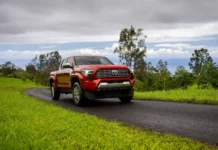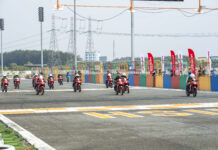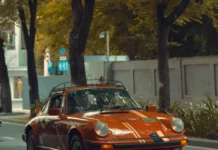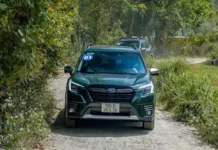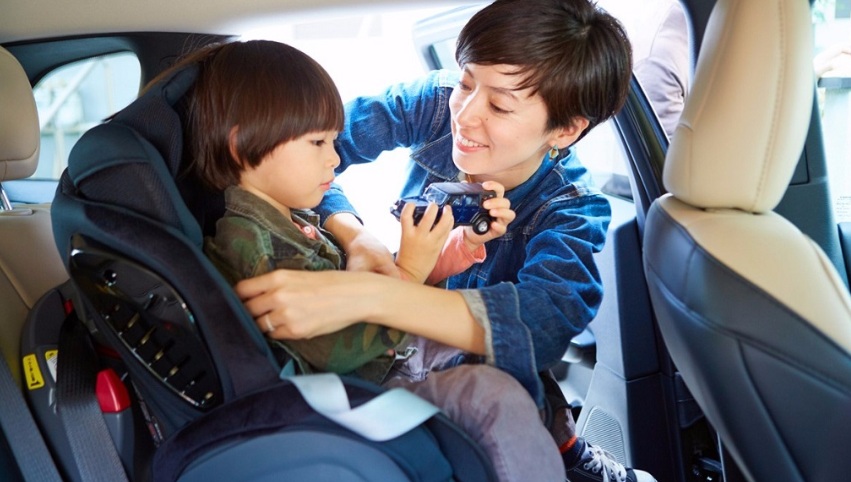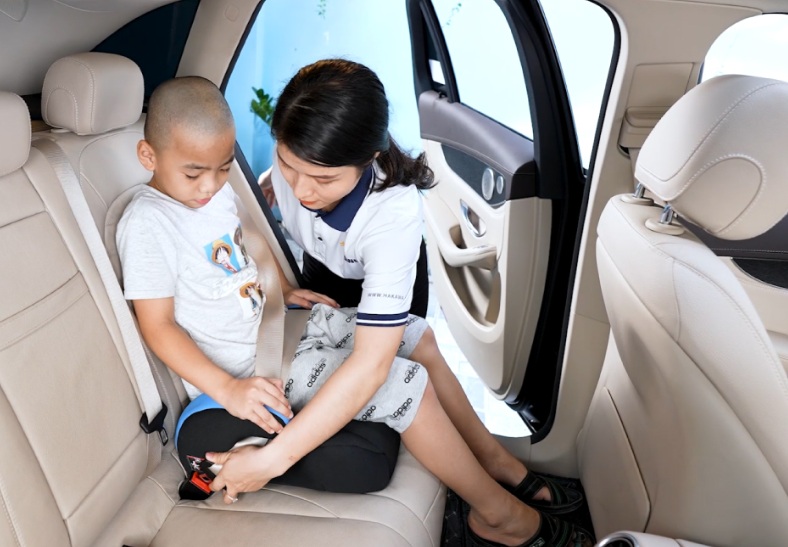New child safety regulations for car travel will take effect from the beginning of next year, becoming a focal point for both private car owners and commercial drivers.
According to the regulations, children under 10 years old and shorter than 1.35 meters must sit in the back seat and use appropriate safety devices.
Are child seats mandatory for commercial vehicles?
The 2024 Road Traffic Order and Safety Law (Article 46, Clause 1) outlines specific standards for vehicles transporting preschool and school-aged children. Beyond registration, inspection, and GPS tracking requirements, commercial vehicles serving this demographic must be equipped with seat belts or seats appropriate for the child’s age.
This means commercial vehicles transporting preschoolers or elementary school students must also provide suitable safety equipment, similar to the requirements for private vehicles.
Are drivers required to carry child seats?
Currently, ride-hailing services like Grab, Be, Xanh SM, and traditional taxi companies such as Vinasun have not issued specific guidelines regarding the transportation of children under 10 years old and shorter than 1.35 meters.
Among these, only the Be app advises that children under 6 must be accompanied by a guardian. Most services, however, do not require drivers to have child seats readily available in their vehicles.
This has left many drivers uncertain. Installing a fixed child seat in the back could reduce the maximum number of passengers they can carry. Carrying a seat in the vehicle is also impractical due to its size, and hygiene concerns arise when the seat is used by multiple young passengers, a worry shared by both drivers and parents.
Lessons from Singapore
In Singapore, Grab has implemented clear guidelines for passengers traveling with young children. Users can either bring their own child seats or choose from Grab’s fleet of taxis equipped with appropriate seats.
The service is categorized as follows: seats for children aged 1–3 cost approximately 5 SGD per trip (around 101,440 VND), while children aged 4–7 or those between 1–1.35 meters tall can use ClypX devices or booster seats for 2 SGD (about 40,570 VND). These devices adjust the seatbelt positioning to ensure comfort and safety for the child.
This system allows users to choose between standard, lower-cost vehicles or those with pre-installed child seats at a higher price.
Vietnam lacks detailed guidelines, but businesses may soon adapt
In Vietnam, ride-hailing and traditional taxi companies have yet to issue specific procedures regarding the new regulations. However, with the implementation date approaching, it is likely that transport businesses will soon provide guidance, potentially drawing inspiration from Singapore’s model.
While waiting for companies to release their guidelines, families with children under 10 years old and shorter than 1.35 meters should proactively equip themselves with child seats or booster seats when using taxi services. This ensures safety and prevents travel disruptions if the driver does not have the appropriate equipment.
TH (Tuoitrethudo)





